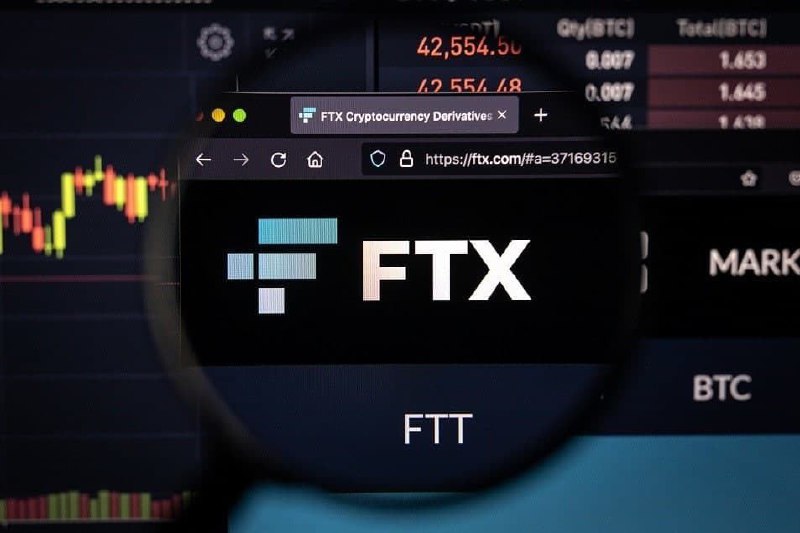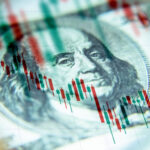A bankruptcy filing by the now-collapsed cryptocurrency exchange FTX revealed the platform’s global customer distribution at the peak of its operations.
According to the documents, Cayman Island accounts for the highest share of customers at 22%, followed by the Virgin Islands at 11%. Notably, the two regions are mainly leveraged as tax havens.
Interestingly, despite outlawing crypto transactions, mainland China represented the third largest share of FTX’s customers at 8%, the same value as Great Britain. Other notable sources of FTX customers included Singapore at 6% and the United States at 2%.
Overall, the bankruptcy filings indicated that the exchange had customers in at least 27 countries globally.

China accounts for more customers despite ban
Notably, in the recent past, Chinese authorities have increased their crackdown on the crypto sector. Still, residents are devising means like using Virtual Private Networks (VPN) to trade on foreign exchanges.
The ban was accelerated in 2021, with the government noting that mining and crypto trading threatens financial stability. Consequently, the ban impacted Bitcoin’s (BTC) price, with miners migrating to friendlier jurisdictions like the United States.
However, the country’s crypto adoption remains higher, ranking in the tenth spot globally as of mid-September. Notably, analysts maintain that China’s crypto status can directly be tied to the ineffectiveness of the ban on digital assets or the authorities’ laxity in enforcing the laws.
Furthermore, the Chinese government continues to hold the power to influence the cryptocurrency sector based on the value of seized digital assets in its possession. According to a Finbold report, China has unwittingly become a crypto ‘whale‘ after confiscating many Bitcoin and Ethereum from the Plus Token scheme in 2019.
What next after FTX collapse?
As things stand, Chinese customers in FTX are hoping to be compensated after the platform collapse. In general, the FTX bankruptcy filing came after the exchange declared insolvency following a liquidity crunch with former CEO Bankman-Fried being accused of misappropriating customer funds.
In this line, Finbold reported that Bankman-Fried, alongside other entities involved in promoting the exchange, was sued in an $11 billion class action.
However, during the bankruptcy hearing, presiding Judge John Dorsey allowed FTX to pay its ongoing business expenses while explicitly denying compensation to former executives led by Bankman-Fried.









